If I had a nickel for every time a 2022 movie featured blue water people with Indigenous connections and a special relationship with whales, I would have two nickels—which isn’t a lot, but it’s weird that it happened twice. So, between Avatar: The Way of Water and Black Panther: Wakanda Forever, which nickel is shinier, more original, and less racist? Here’s a comparison between two of the biggest “Indigenous” blockbuster movies of the year to see who did what best.
Spoilers for Avatar: The Way of Water.
Female representation
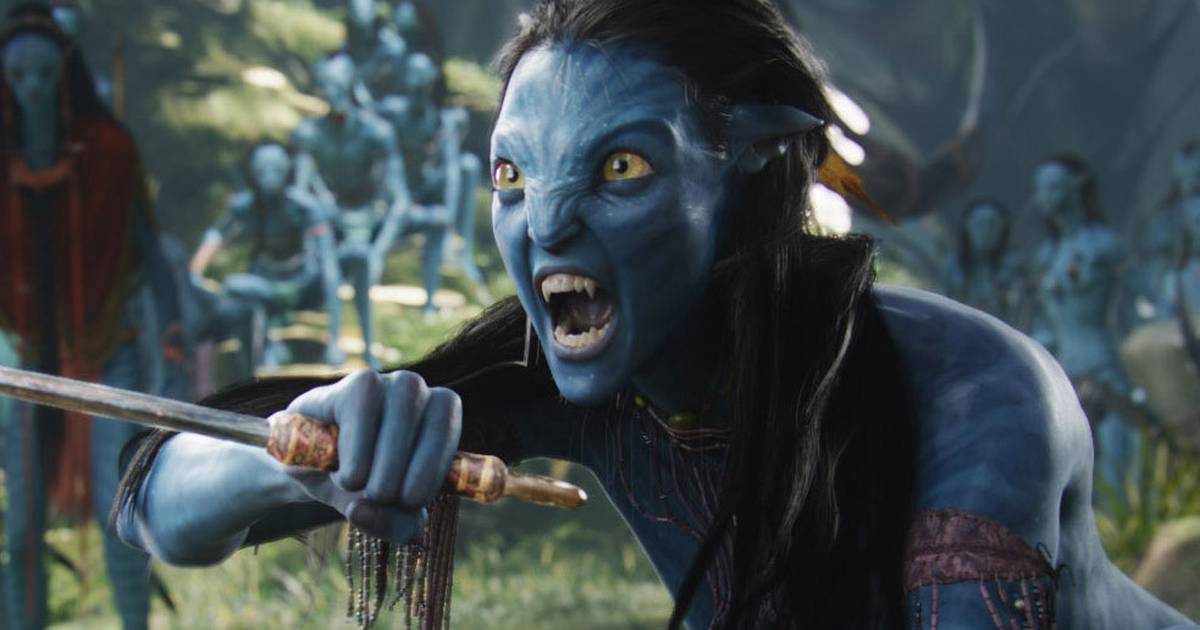
Despite James Cameron’s claims to the contrary, one pregnant woman going to war does not make Avatar: The Way of Water more empowering than Captain Marvel. If anything, I would argue this movie was a little less empowering than the first one. They massacred my girl Neytiri, making her a much more passive figure in this movie to a baffling degree. Despite her constantly telling Jake that they need to stand their ground and fight, he repeatedly tells her that running is the better option. Neytiri is forced to leave behind her forest, her whole tribe, and even her own mother to start over in a completely different ecosystem. Yet unlike Jake and her children, we never get a scene of her struggling to adapt to the ways of their new tribe—despite the fact that she should probably have the most trouble, given that she spent her whole life in the forest and has never had to adapt like Jake has.
There is a major focus on motherhood in this movie, with Neytiri and Dr. Grace’s Avatar both having given birth in the time between the first movie and now. But Neytiri’s role as a mother is sidelined in favor of Jake’s role as father: During the film’s climax, Jake tells her to stop mourning the death of their eldest son in order to save their daughters. Cameron himself seems to think that a lot of female superheroes can’t be empowering because they aren’t mothers. Like, James, women don’t need to have children to have a protective or heroic instinct. It doesn’t help that younger female characters like Kiri, Tuk, and Tsireya are constantly getting captured by the bad guys to the point that the youngest child complains about it. In a lot of ways, this film feels like one step forward, two steps back.
Compare this to Black Panther, a movie that is basically entirely led by women; the film is largely about Shuri, Ramonda, Okoye, and Nakia as they struggle through their grief after the loss of T’Challa. Shuri’s main arc is about the divide between her scientific mind and her spirituality; between what she knows to be fact and what she wants to believe. Nakia is also a character who has become a mother in the time between movies, but her motherhood does not define her whole character. Okoye is a warrior bound by duty and terrified of both change and failure, not realizing that both can give her space to grow. The biggest problem with this movie is the fate of Queen Ramonda, who dies in a way that feels like “fridging,” since her death is used to motivate Shuri—a frequent problem for Marvel (a major female character has “died” in every movie since Infinity War). But even Ramonda is not defined by motherhood; she is also a queen, a politician, and a character who has power but still struggles to protect those she loves.
Related: Wakanda Forever Confronts the Legacies of Colonialism, Not Its Causes on The Escapist
Indigenous “representation”
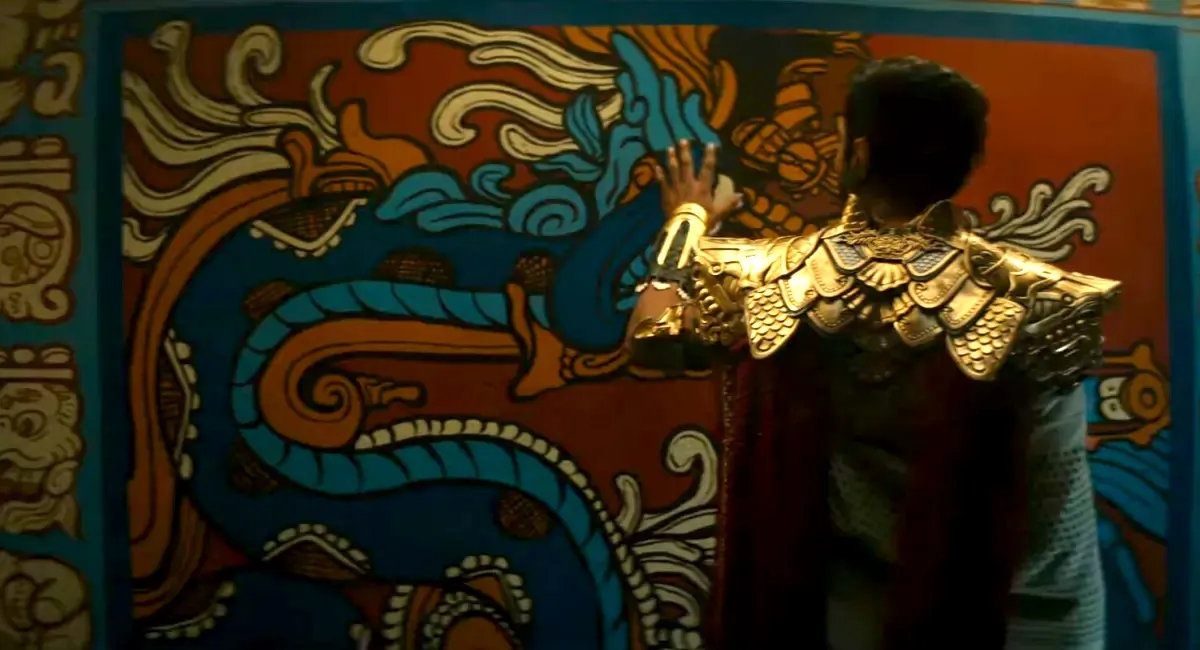
I want to make it clear that both “representations” of fictional Indigenous people are exactly that: fictional. I can’t really discredit either of them as “bad representation” because they’re ultimately not representing a real-world culture. However, they are also borrowing from Indigenous cultures and commenting on colonialism as a whole, and as such, their Indigenous connections are worth analyzing.
Black Panther: Wakanda Forever changed the formerly “white” Atlanteans to Central American peoples, deriving inspiration from the Mayan people of the Yucatán peninsula. Their story is thoroughly rooted in colonialism, with the people fleeing underwater to escape smallpox and enslavement by the Spanish. Namor was literally given his name by Spanish conquistadors and priests who called him “a child without love” for punishing the colonizers. The actors playing Atlanteans went above and beyond to try and portray the Mayan culture accurately, even learning the language. Tenoch Huerta has been especially vocal about what his casting in this film meant to him and people like him. The film also shows how the American military/intelligence complex is a continuation of those same colonial forces—not wanting anyone but themselves to have access to vibranium.
Comparatively, Avatar still feels very much like a movie from 2008: Jake is still the main character and his kids and Neytiri’s kids are almost all played by white actors. This white-washing also extends to the other Na’vi characters, with Kate Winslet playing the wife of the Chief, who is played by a New Zealander.
Also, the way “Spider” was worked into this world feels very culturally appropriative. The boy (a human) literally paints himself blue and does his hair in dreadlocks to make himself more like the Na’vi. While they do lampshade this, it’s mostly in the form of jokes between the kids.
Villains
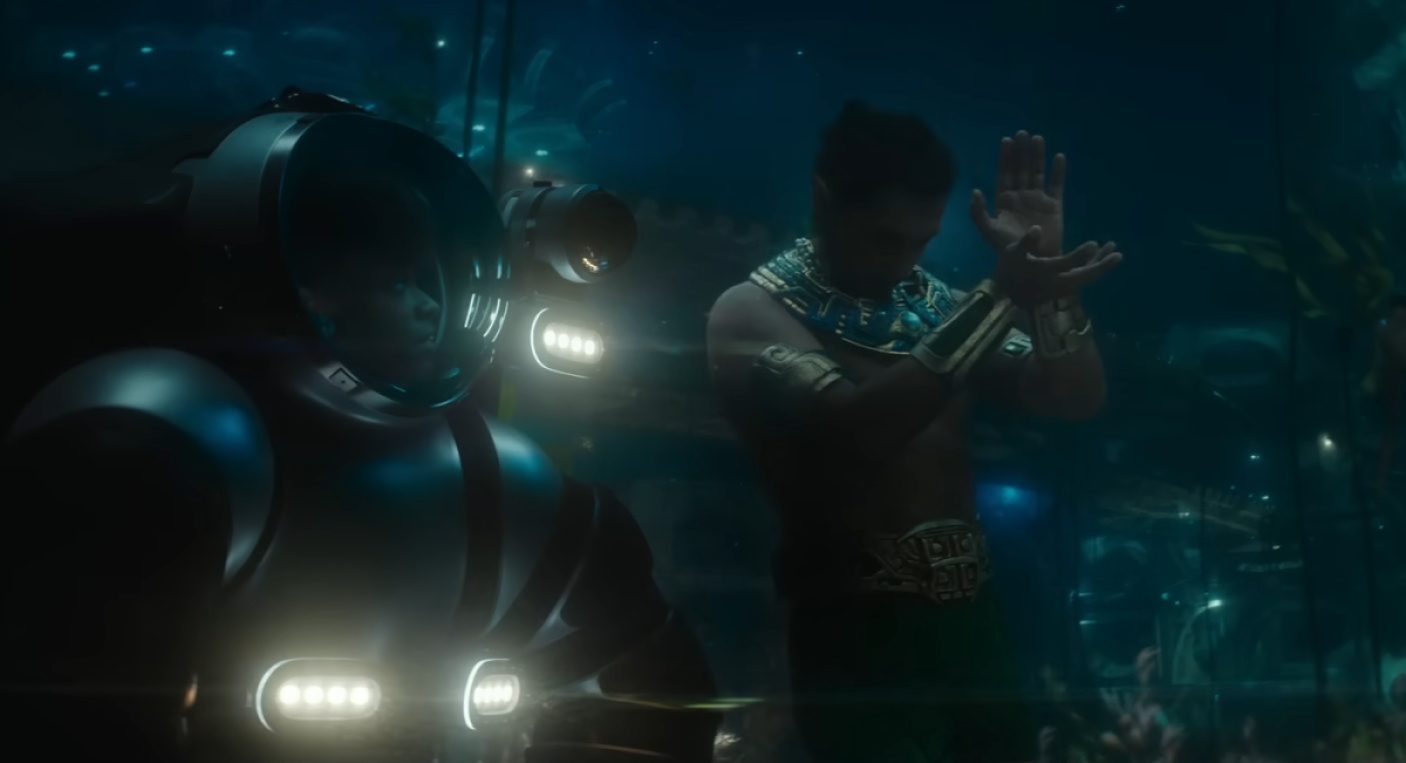
Namor is an incredible villain, not only for how much of a threat he is, but also for how he challenges Shuri’s worldview—because unlike her brother, a part of Shuri is so angry with the world that she does want to lash out and burn it all. Shuri and Namor understand each other’s desire to protect their people at all costs, and that’s ultimately the reason they mutually end the fighting and attempt to live in peace.
Avatar, meanwhile, literally brings back Colonel Quaritch, the villain who died at the end of the first movie, only this time he’s in an Avatar body. You’d think a guy as racist as him would take issue with now (technically) being part of a race that he saw as inferior and that literally killed him, but he just shrugs it off. There is an intriguing dynamic between him and his surprise son, Spider, who was raised among the Na’vi and holds his knowledge over his father’s head. But the relationship between the two is undercut by Spider continually helping his father and ultimately saving his life, despite knowing that his father is hurting the Na’vi.
The morality of the story is just as black and white as the first one, only instead of killing trees for mining, they’re killing mother whales and their calves—all in an effort to obtain a liter of liquid that stops human aging because it sells for millions back home. All that talk of saving humanity from the manmade destruction of Earth in the first movie, and as it turns out, they’re actually there to make the lives of the rich better. That is a brutally honest assessment of late-stage capitalism and our attempts to undo climate change through new technologies, but it ultimately isn’t expanded upon in this movie.
Worldbuilding
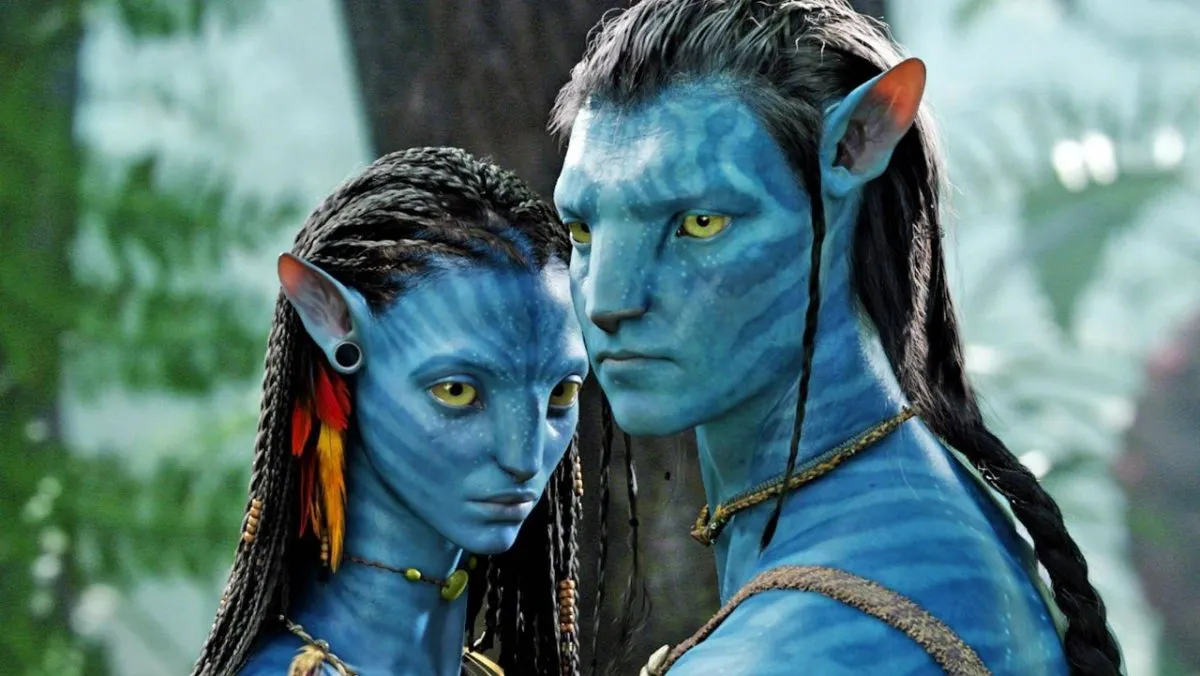
I have to give credit where credit is due: The world of Avatar is still incredibly stunning and creative. Seeing the differences between the forest people and the coral people from a biological and cultural perspective is fascinating. The talking whales are a bit of a surprise (mostly because we’re not used to seeing subtitles for whale vocalizations), but given the connections with the trees before, it’s not much of a stretch to imagine the Na’vi learning to communicate with other intelligent lifeforms. The one place where it falls flat is in the implication that all Na’vi know the same language, as if there wouldn’t be any communication issues due to different dialects or languages.
While the worldbuilding for Wakanda Forever‘s Talokan is incredible as both an underwater nation and a remnant of the Maya, there are parts of it that feel inconsistent. Wakanda worries about going to war with another nation that has access to vibranium, but the previous movie showed they had a system to neutralize the effects of the precious metal, so why not use that? We see that Talokan is lit by a false sun, likely powered by or made from raw vibranium, but otherwise, we see very little of how vibranium affects their culture or technology. It doesn’t help that some parts—like the warriors’ heightened healing factors or the fact that some Talokan are blue and some are brown—is never explained.
Conclusion
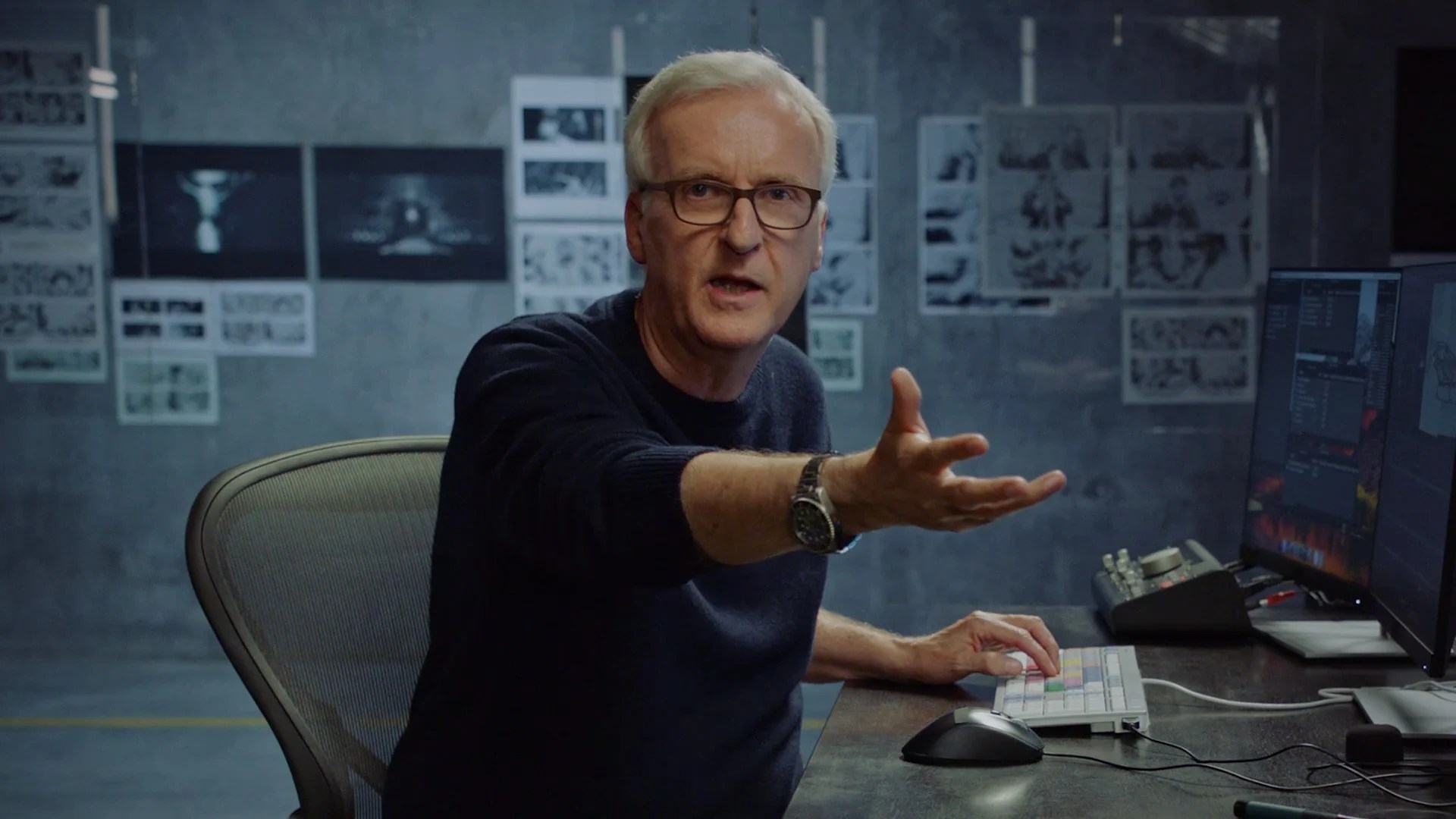
While Pandora and Na’vi are inspired by the creations of many people, their story was written and put to the screen by a white man. The YouTuber Sideways made an excellent video that shows that, for as expansive as the worldbuilding of Avatar was, it was also limited by James Cameron’s vision of how he wanted this planet to look and sound. They had to scrap the first version of the soundtrack because it sounded “too alien.” Irony at its finest.
Meanwhile, fans are clamoring for more Namor and Talokan and Indigenous representation in the MCU, which we sadly may not get due to copyright issues.
Of course, everyone is allowed to have their preferences. Ultimately, the difference between the two franchises is that Avatar feels like more of the same white-savior narratives that we’ve seen in a hundred other movies, while—for all the MCU’s flaws—the Black Panther movies always give us something new.
Which movie has better representation? Which film is better overall? Comment below!










Published: Dec 16, 2022 05:57 pm